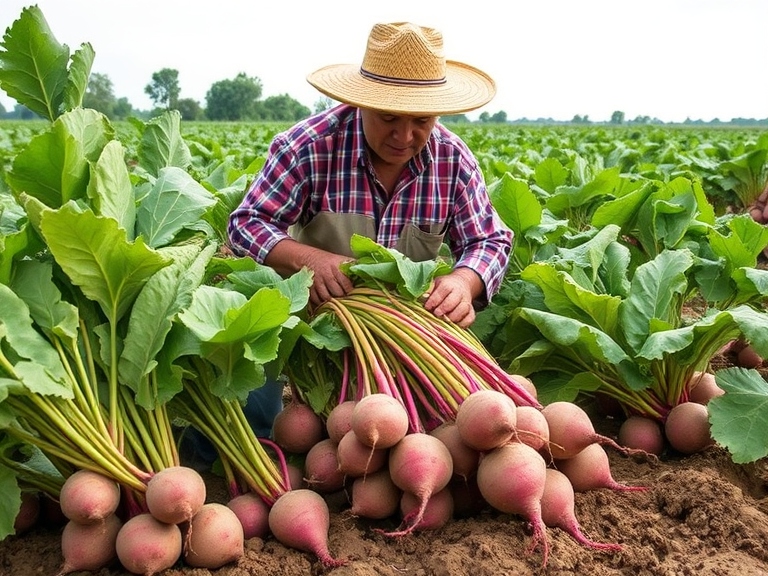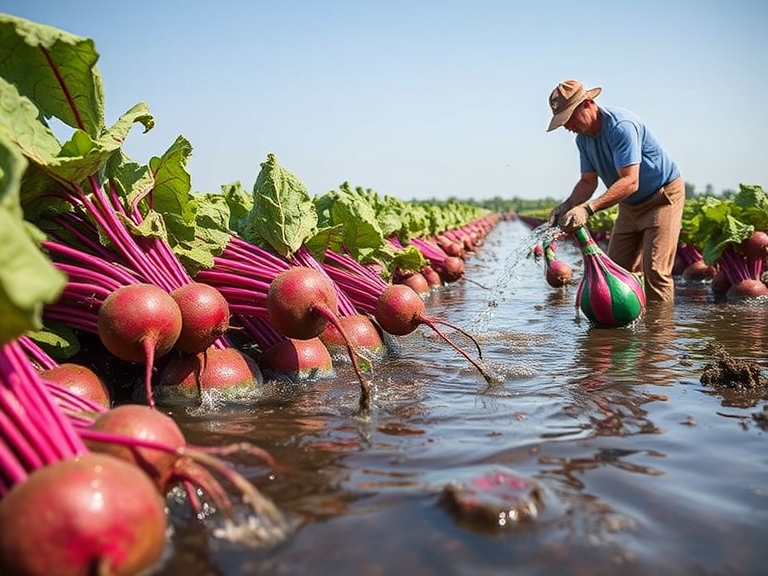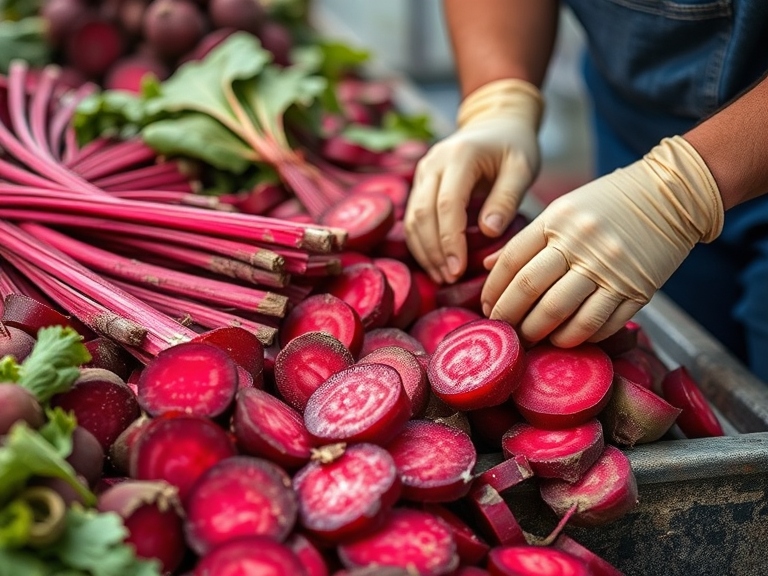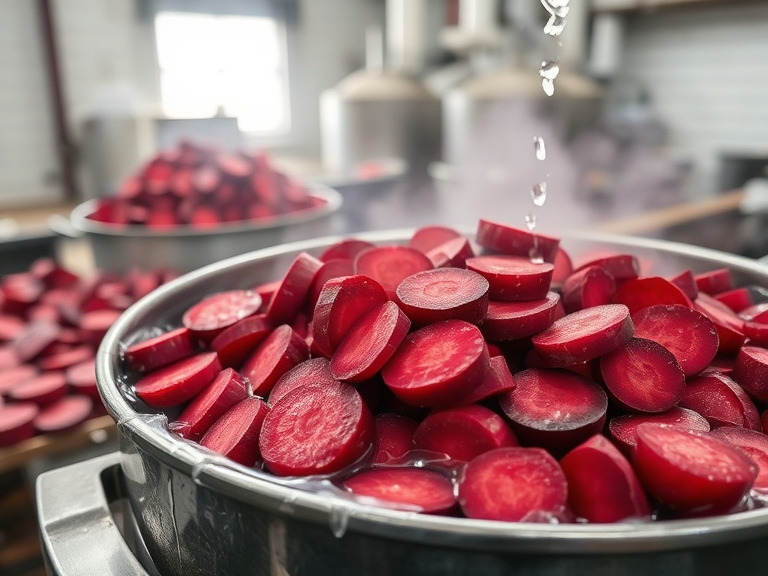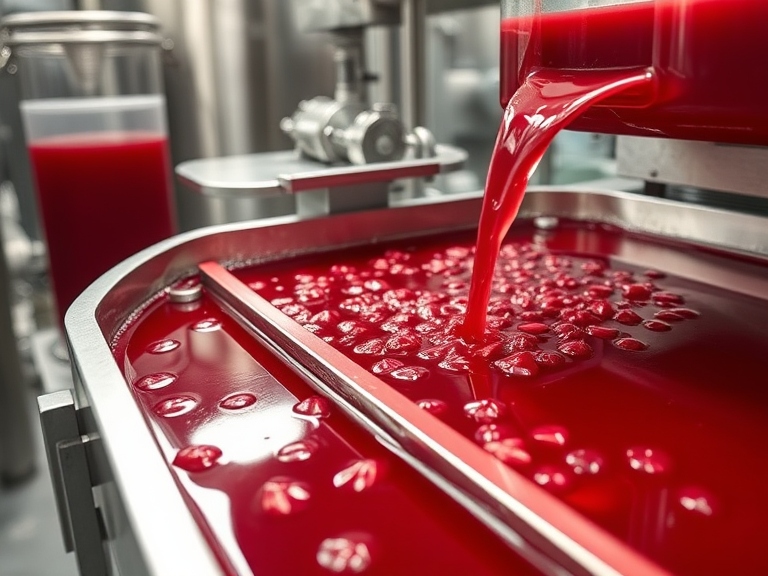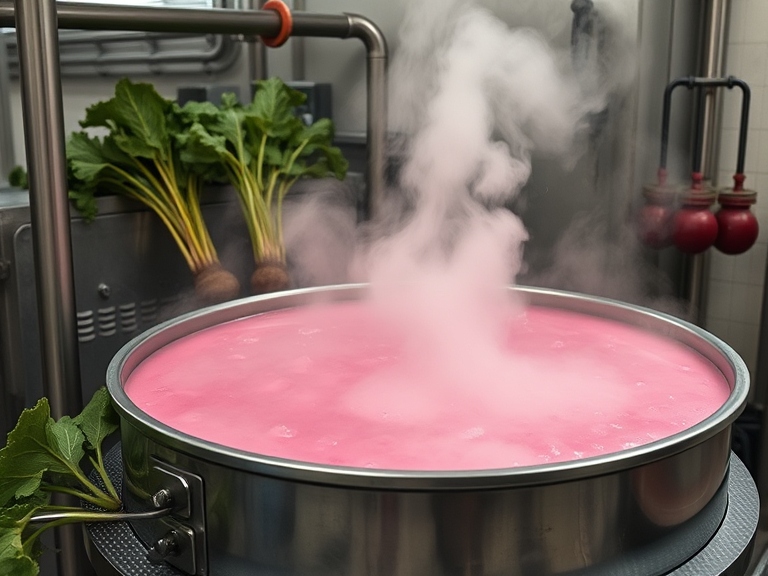Where does raw sugar come from ?
Raw sugar is derived from sugarcane or sugar beets, two primary sources of sugar. Here's the process for each:
• Sugarcane
• Sugar Beets
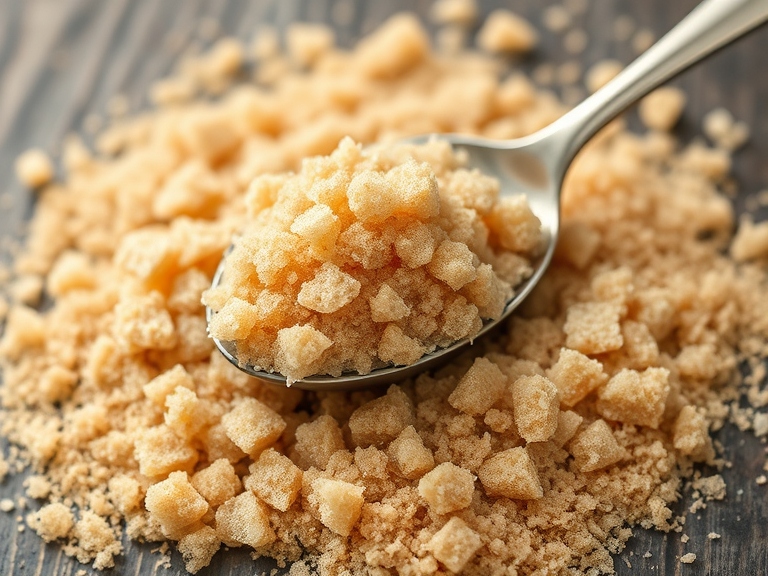






Sugarcane :
Harvesting : Sugarcane stalks are harvested in tropical and subtropical regions, such as Brazil, India, Thailand, and Australia.
Crushing: The stalks are crushed to extract sugarcane juice.
Clarification: The juice is clarified to remove impurities by heating and adding lime or other substances.
Concentration: The juice is boiled to evaporate water, forming a thick syrup.
Crystallization: The syrup is seeded with small sugar crystals, encouraging the formation of larger crystals.
Centrifugation: The mixture is spun in a centrifuge to separate sugar crystals from molasses. The result is raw sugar, which has a light golden color and contains some molasses.
Sugar Beets :
Harvesting: Sugar beets are harvested in temperate regions, such as the United States, Russia, and parts of Europe.
Cleaning and Slicing: The beets are cleaned and sliced into thin strips, called cossettes.
Extraction: The strips are soaked in hot water to extract sugar.
Purification: The extracted juice is clarified and filtered to remove impurities.
Concentration and Crystallization: Similar to sugarcane, the juice is boiled, crystallized, and centrifuged to produce raw sugar.
The resulting raw sugar is often further refined to create white sugar or used directly in foods and beverages for its natural molasses flavor.
